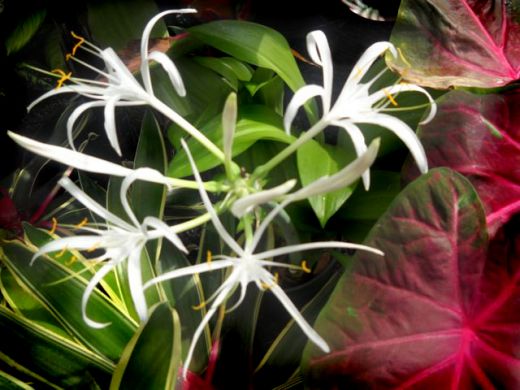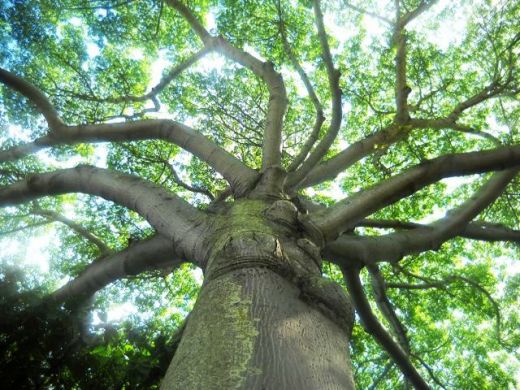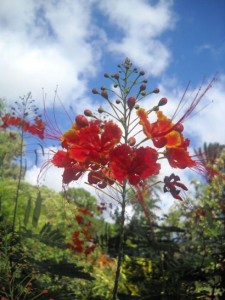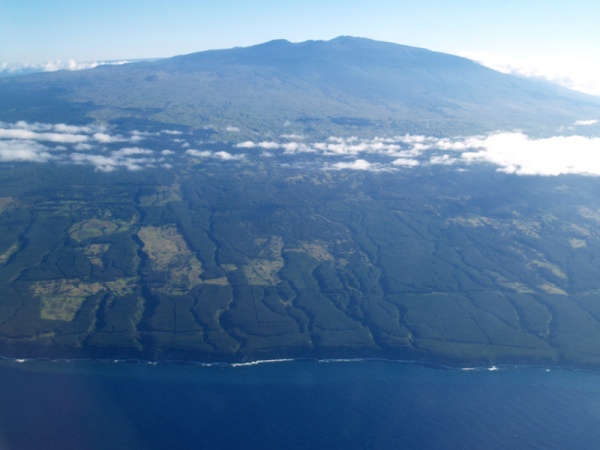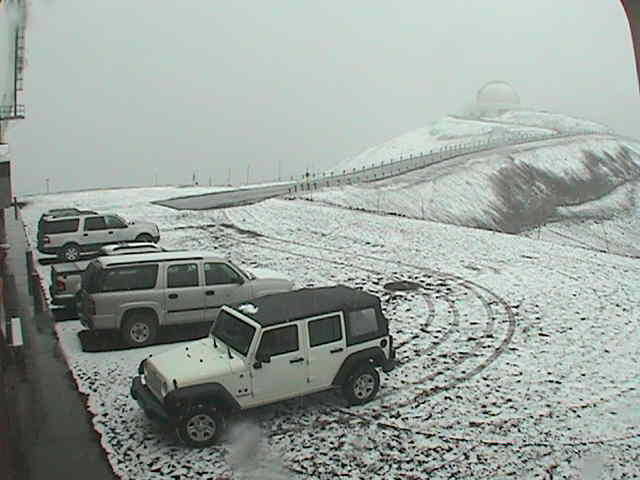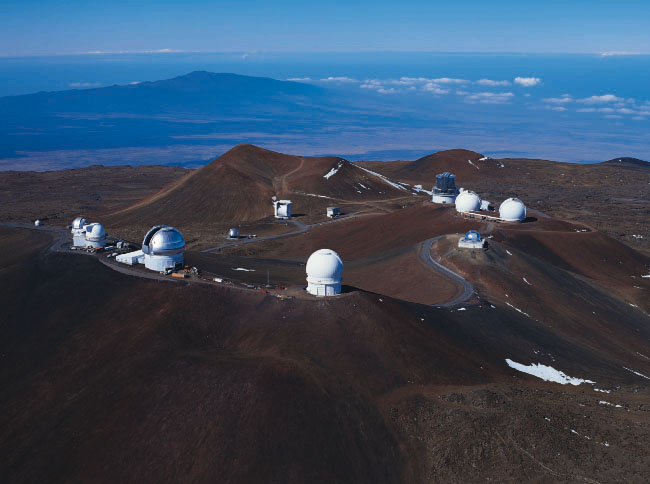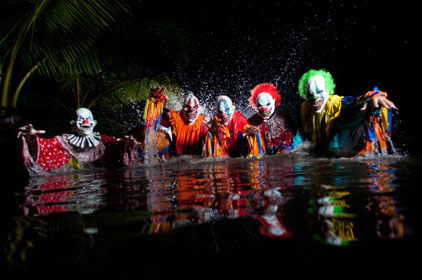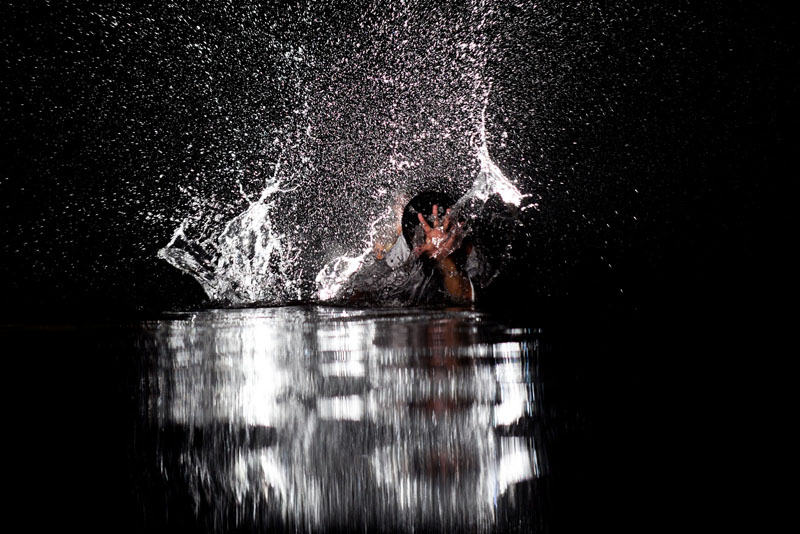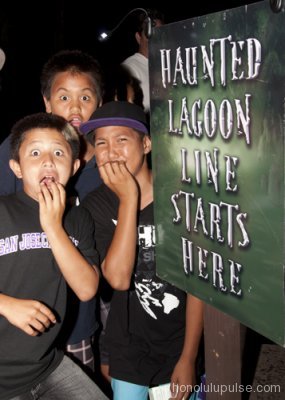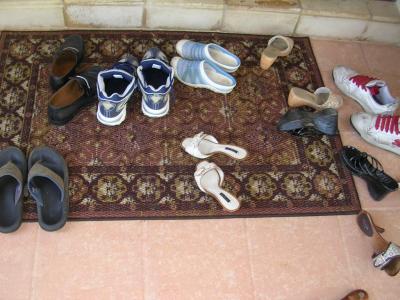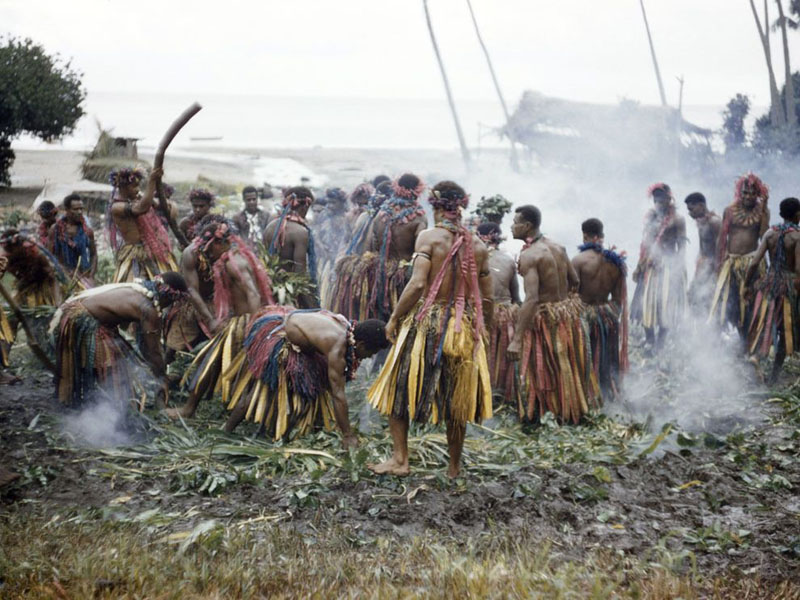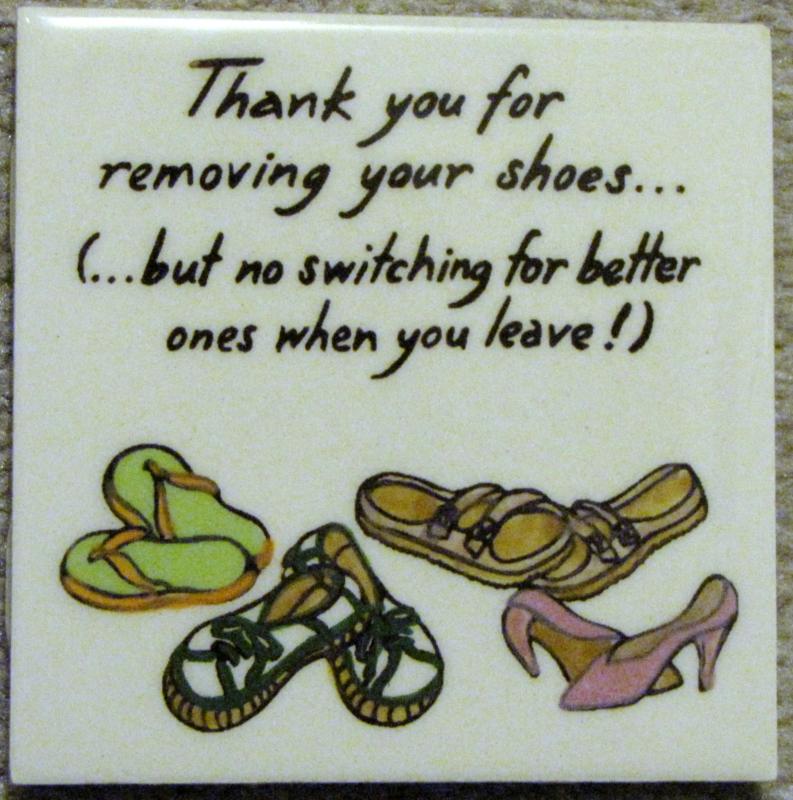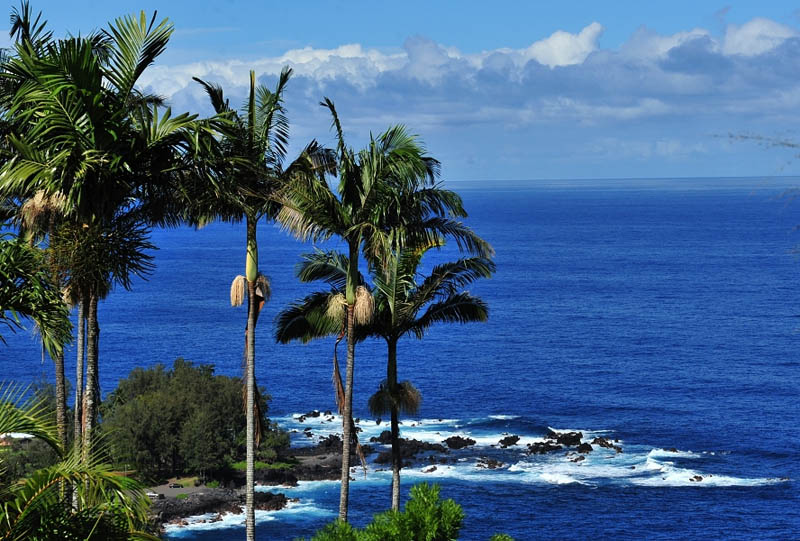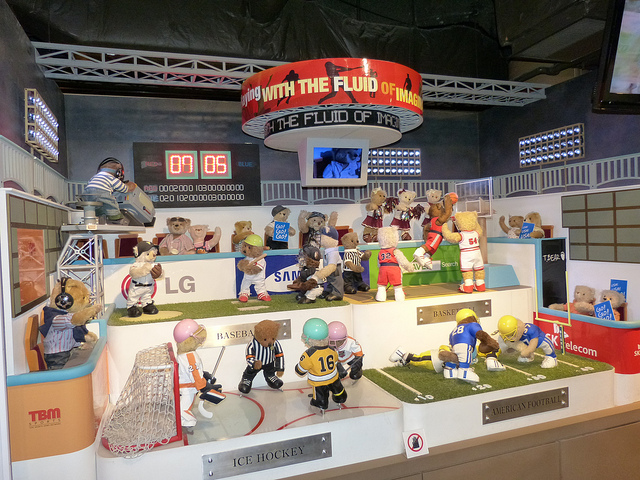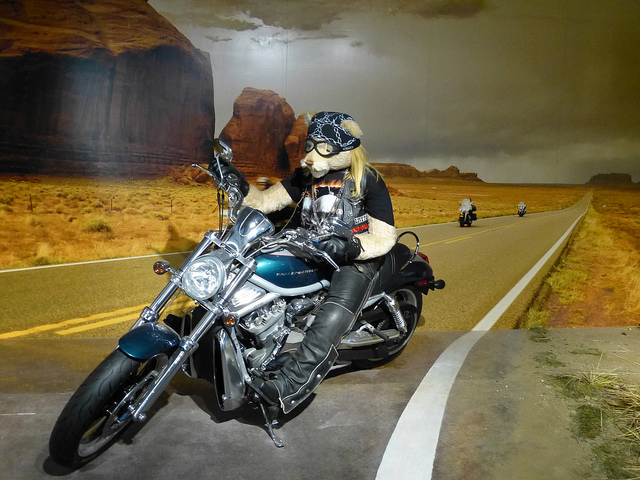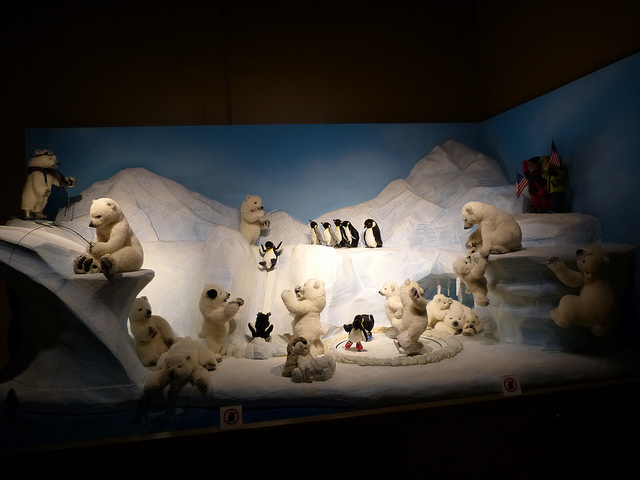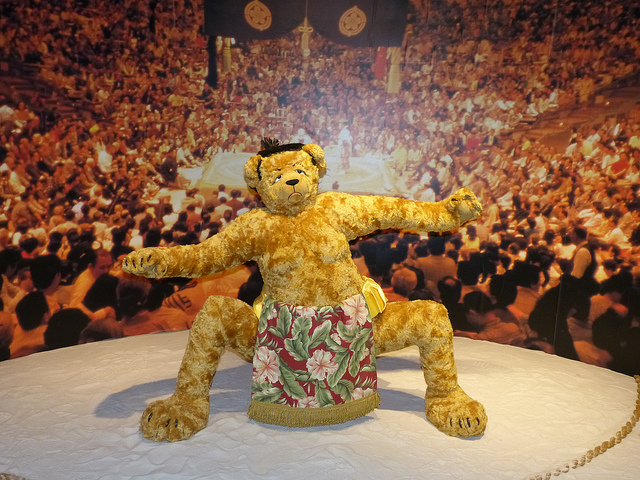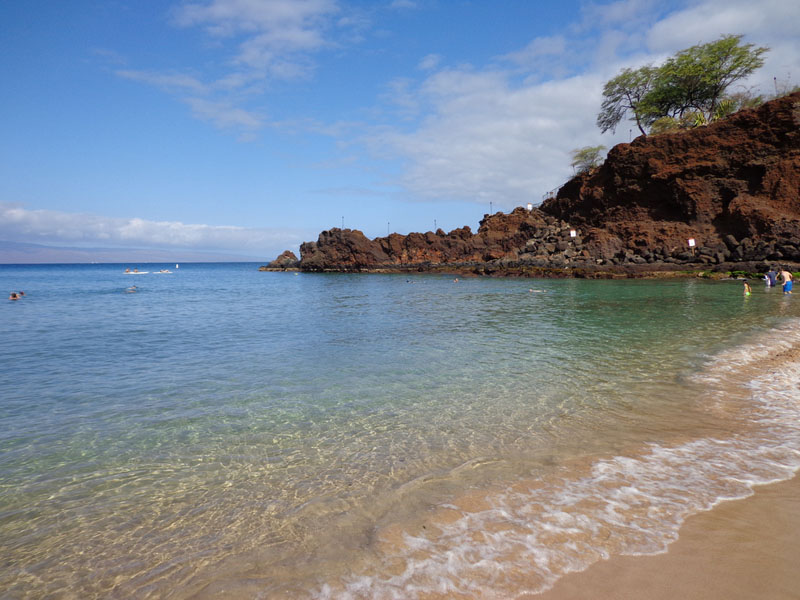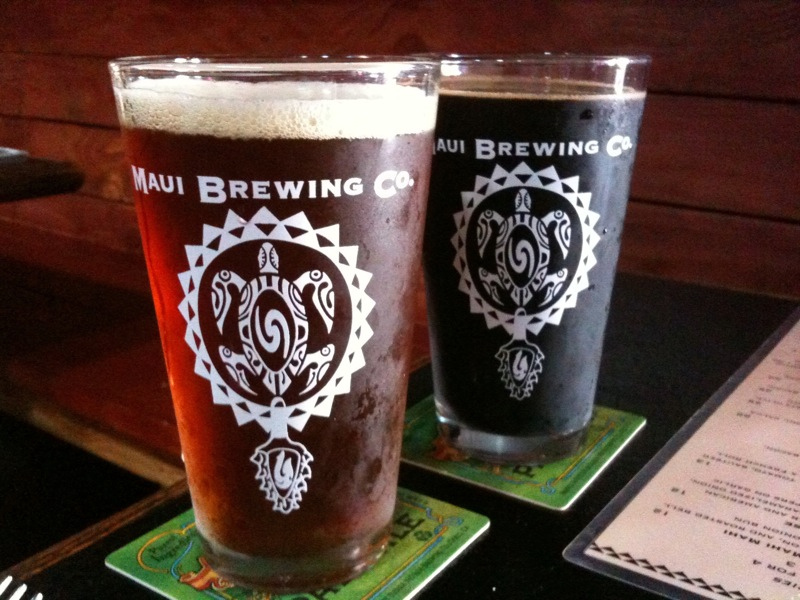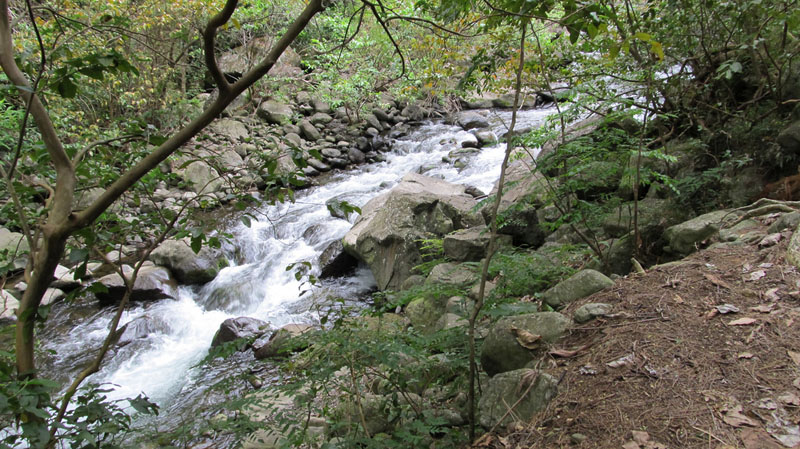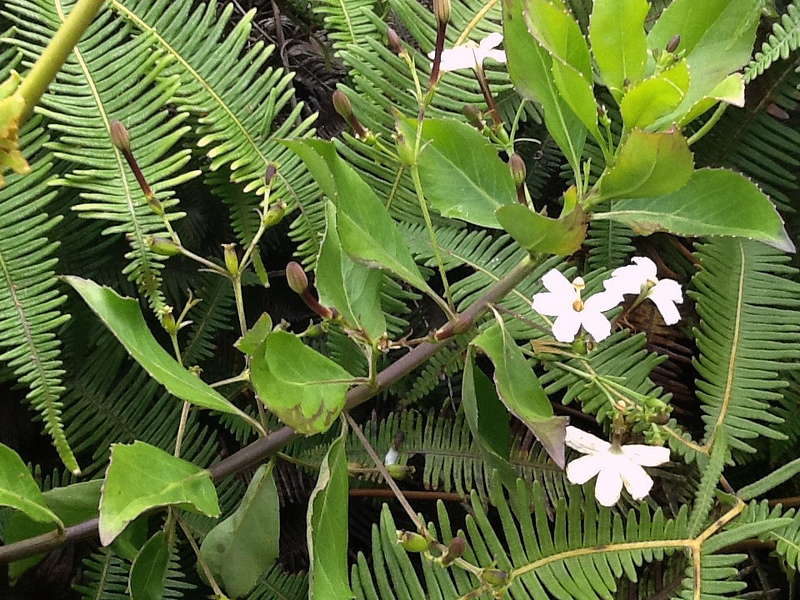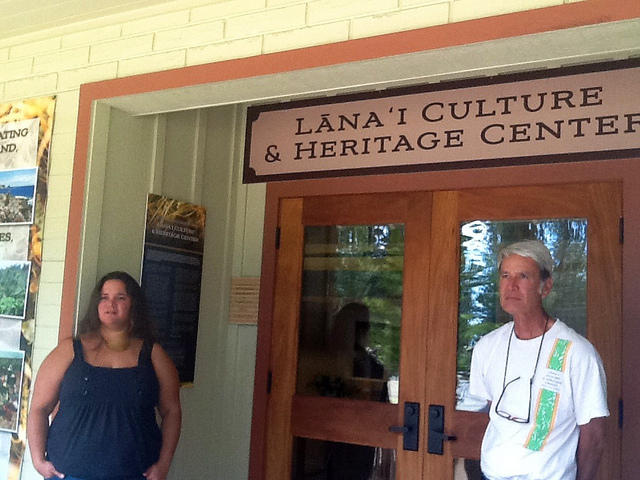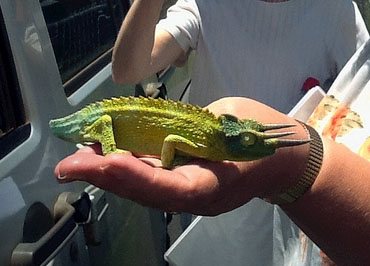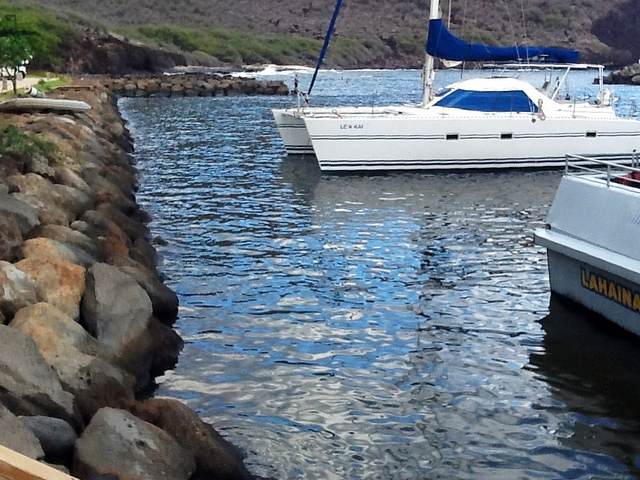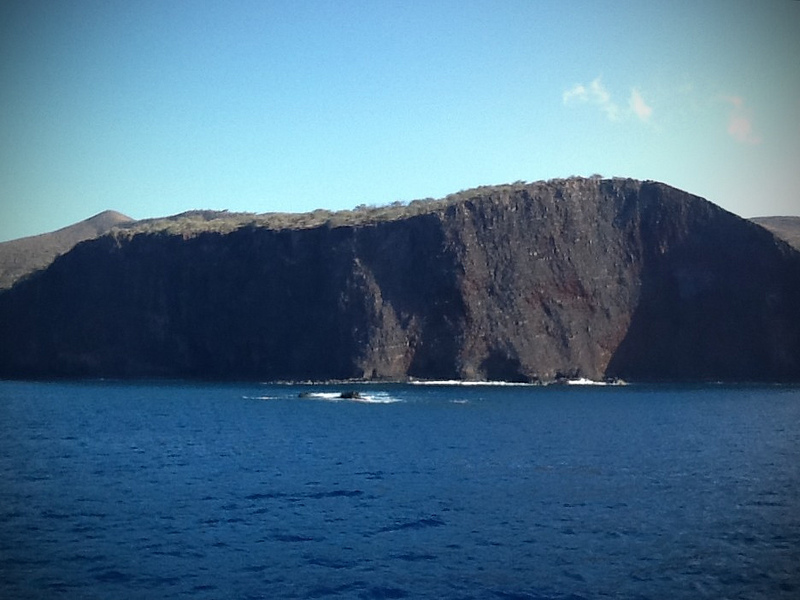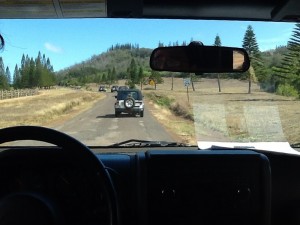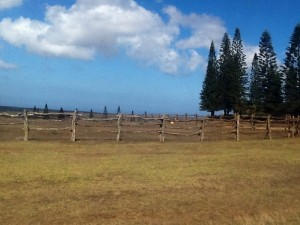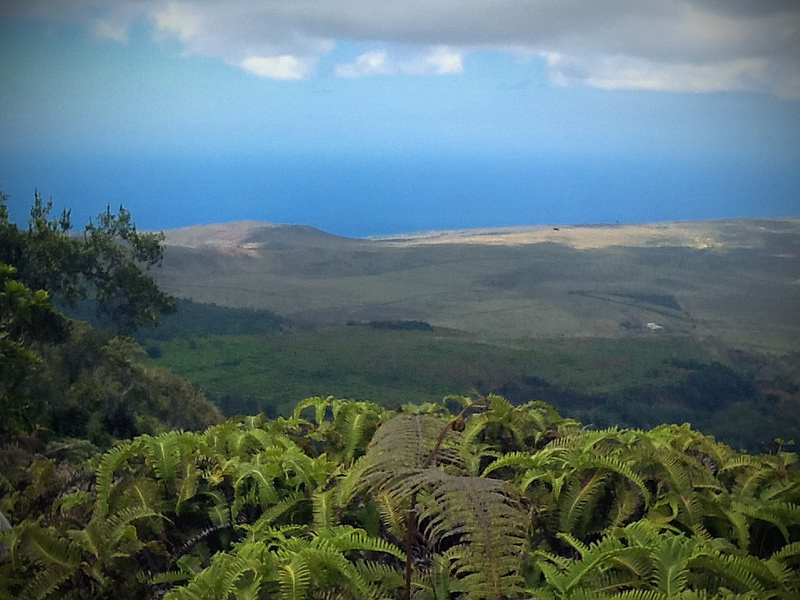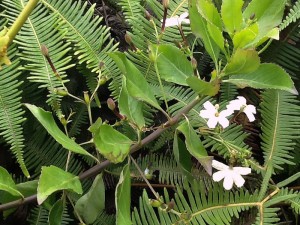There is an overabundance of superstition in Hawaii. Almost every hill, valley, road, trail, building or town has a spooky history where spirits, ghosts or other essences have made an indelible presence. Many urban legends have been passed down through the generations. The roads from the North Shore to Honolulu, past Pearl Harbor and onto Kaena Point are marked with floral memorials for those who have met an unfortunate and untimely death on trails and highways. I believe the Polynesians have a close connection with those who have passed on.
Hawaiian history is overflowing with the bereft that have been visited by their ancestors. The Hawaiian Islands are the perfect place to visit for those people who love ghost stories, or who are fascinated by the paranormal. Personally, I have visited a few places on Oahu which gave me “chicken skin” (goose bumps) with no explanation for it. There are many heiaus (sacred burial sites), which are taboo to ordinary folks like you and me.
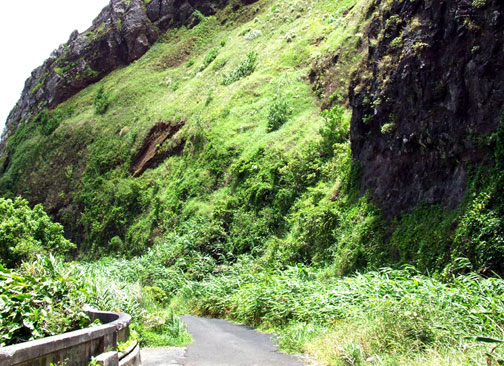 Currently a big issue in Hawaii is the building of a major rail transportation system. Many of the supports for the rails have already been constructed, but the project was abruptly put on hold because unidentified human remains were found on the route. It would be unheard of for the rail to just cruise over the bones of the kapuna (elderly) Hawaiians. It could taint the future of the rail!
Currently a big issue in Hawaii is the building of a major rail transportation system. Many of the supports for the rails have already been constructed, but the project was abruptly put on hold because unidentified human remains were found on the route. It would be unheard of for the rail to just cruise over the bones of the kapuna (elderly) Hawaiians. It could taint the future of the rail!
I truly appreciate the concern, giving the many horror stories that have resulted in disturbing the deceased in Hawaii. Also, fueled by the stories I am familiar with, I have experienced the oppressive fear and anxiety while driving along the winding roads after twilight on my own. One that stands out is Pali Highway. It has been said that if you carry pork over the Pali Highway, which connects Honolulu and the Windward side of Oahu, your car will stall. You must remove the pork from your vehicle before you will be able to restart and be on your way. I have not tried it myself, nor do I plan to. Another version of the story is that an old woman and her white dog will appear when the car stalls, and you must feed the pork to the dog in order to continue on your journey.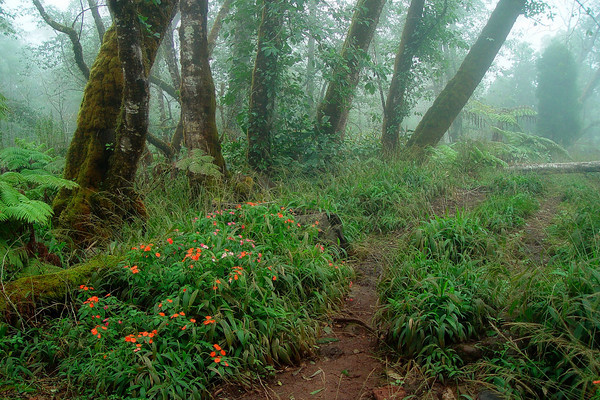
On the North Shore is a tourist town called Wahiawa. There is a story about a lady who often visited the botanical gardens of Wahiawa with her children. On one visit, she lost one of her children and he was never found. It is said that she continues to wander the gulch looking for her child, and she may take one of your children as a substitute. Since she has been searching so long, it is been testified that she is covered with moss, and is now known as the Green Lady. As recently as 1980, there was a sighting.
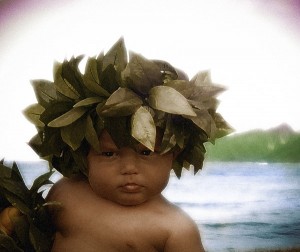 Probably the most well-known ghost story in Hawaii involves Menehunes, otherwise known as night marchers. These warriors come on the night when there is no moon (Pokane). For Hawaiians, if they are approached by the night marchers, they must prostrate themselves on the ground and recite their genealogy. Then they will be left unharmed. Perhaps that is why most Hawaiians know all of their uncles, aunties and relatives way back! These Menehunes carry torches and walk on the old Hawaiian trails. If you happen to build your home on their trail, the will pass through your house and you may find yourself somewhere other than in your bed in the morning.
Probably the most well-known ghost story in Hawaii involves Menehunes, otherwise known as night marchers. These warriors come on the night when there is no moon (Pokane). For Hawaiians, if they are approached by the night marchers, they must prostrate themselves on the ground and recite their genealogy. Then they will be left unharmed. Perhaps that is why most Hawaiians know all of their uncles, aunties and relatives way back! These Menehunes carry torches and walk on the old Hawaiian trails. If you happen to build your home on their trail, the will pass through your house and you may find yourself somewhere other than in your bed in the morning.
Ruth Elayne Kongaika was raised in the mainland, USA, but has been living in the South Pacific for the past forty years. She enjoys trying to capture the beauty of the Polynesian islands through her photography, painting and writing. She has a blog which shares some of her art and favorite subjects at:
email: kongaikr@byuh.edu
